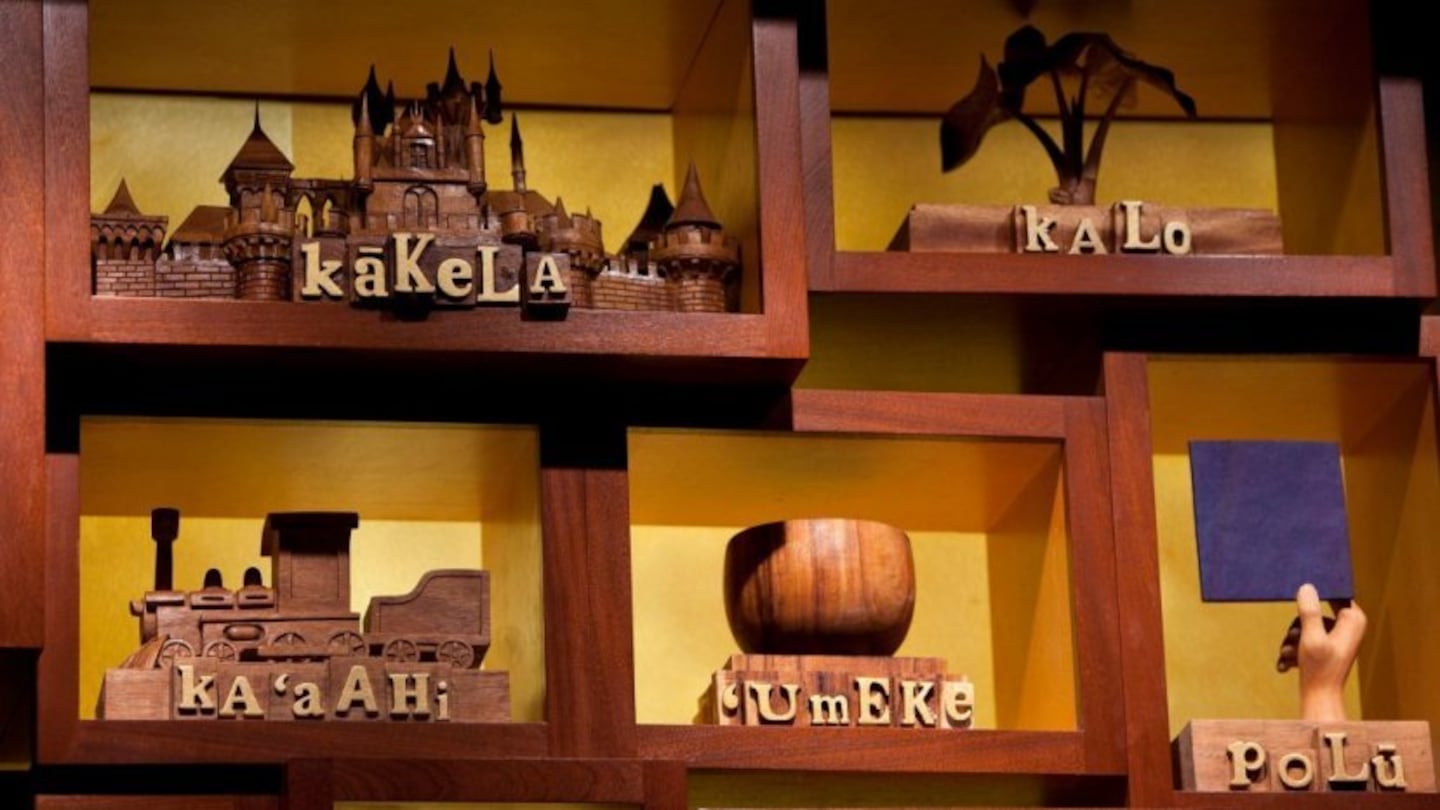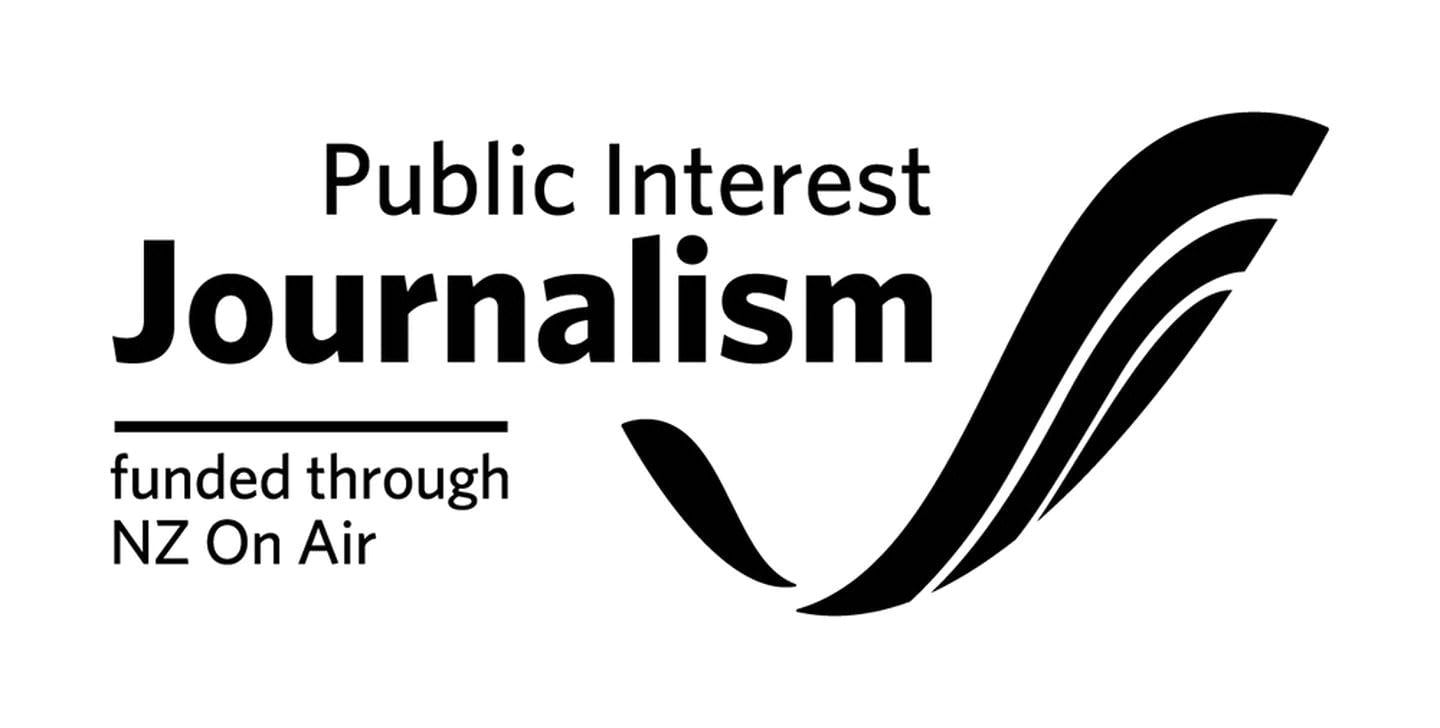Photo credit: Aulani, A Disney Resort and Spa.
Kuanoni Kaniaupio-Crozier may work at Disney’s Aulani Resort and Spa but he also ties that to his passion of revitalising ‘ōlelo Hawai’i – the Hawaiian language.
With February comes the marking of Mahina ‘Ōlelo Hawai’i – Hawaiian Language Month, and Kuanoni has spearheaded the kaupapa and brought it to life, collaborating with one of the most famous companies in the world in the process.
“This is something that I wanted to be a part of. I came to Aulani with that mission and I’ve been here ever since,” he says.
“It’s been wonderful to come to work on 'ōlelo Hawai'i with these cast members. But out of these conversations with them came this real i’ini, makemake, (this desire) to celebrate ōlelo Hawai’i during this month.
“It’s not something that belongs to only us, it’s happening everywhere in our community.”
For the state’s second-ever Mahina 'Ōlelo Hawai’i, Kuanoni says this year was about having the cast (workers), the wider community and resort guests participating in it.
Collaborative efforts have resulted in many events and activities, including classes to learn the language at the resort – even the Disney animated film Moana is now completely in 'ōlelo Hawai'i for whānau and tamariki to watch.
The ‘Ōlelo Room is the Aulani Resort’s dedicated lounge, fitted with things to educate guests on how to ‘ōlelo Hawai’i while the cast members also converse with each other to have the language ringing throughout the resort.
The walls are fitted with words, phrases and objects translated into ‘ōlelo, such as ‘iole for mouse – as in Mickey Mouse.
'What we do is for them'
The people of Hawai’i have been on a similar path to that of Māori for years in language and culture revitalisation. The language was banned in 1893 due to the Hawaiian monarchy being overthrown by American forces.
Since then, the language, and the number of speakers, is growing again.
“I think about our kūpuna (ancestors) who held on to this knowledge at a time where it was really, really tough to do so and they chose to hold on to it and pass it on. So it’s really touching to be a part of that.
“It means what we do is for them. When we share ‘ōlelo Hawai’i with each other we continue to keep the ike (experience) alive.”
The resort is, perhaps, the hub for ‘ōlelo learners of all levels to be brought together – solo learners, religious groups and fluent speakers alike from within the resort and elsewhere.
“For me, the mission of our space is to have a space where ‘ōlelo Hawai’i lives, where you can come and talk to someone if you want or need to. It’s really a joy to hear them mō‘olelo and to be on the journey with them.”



